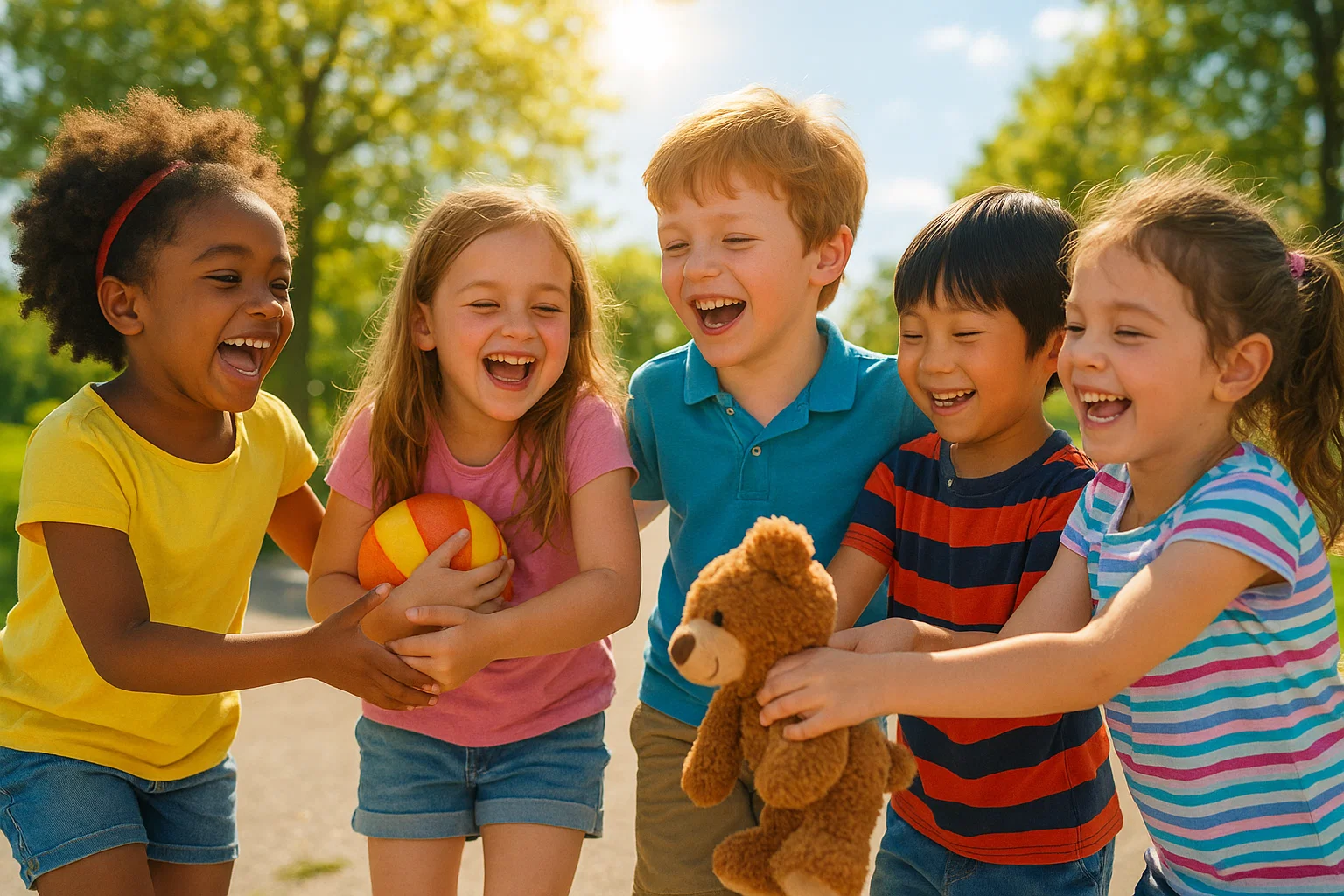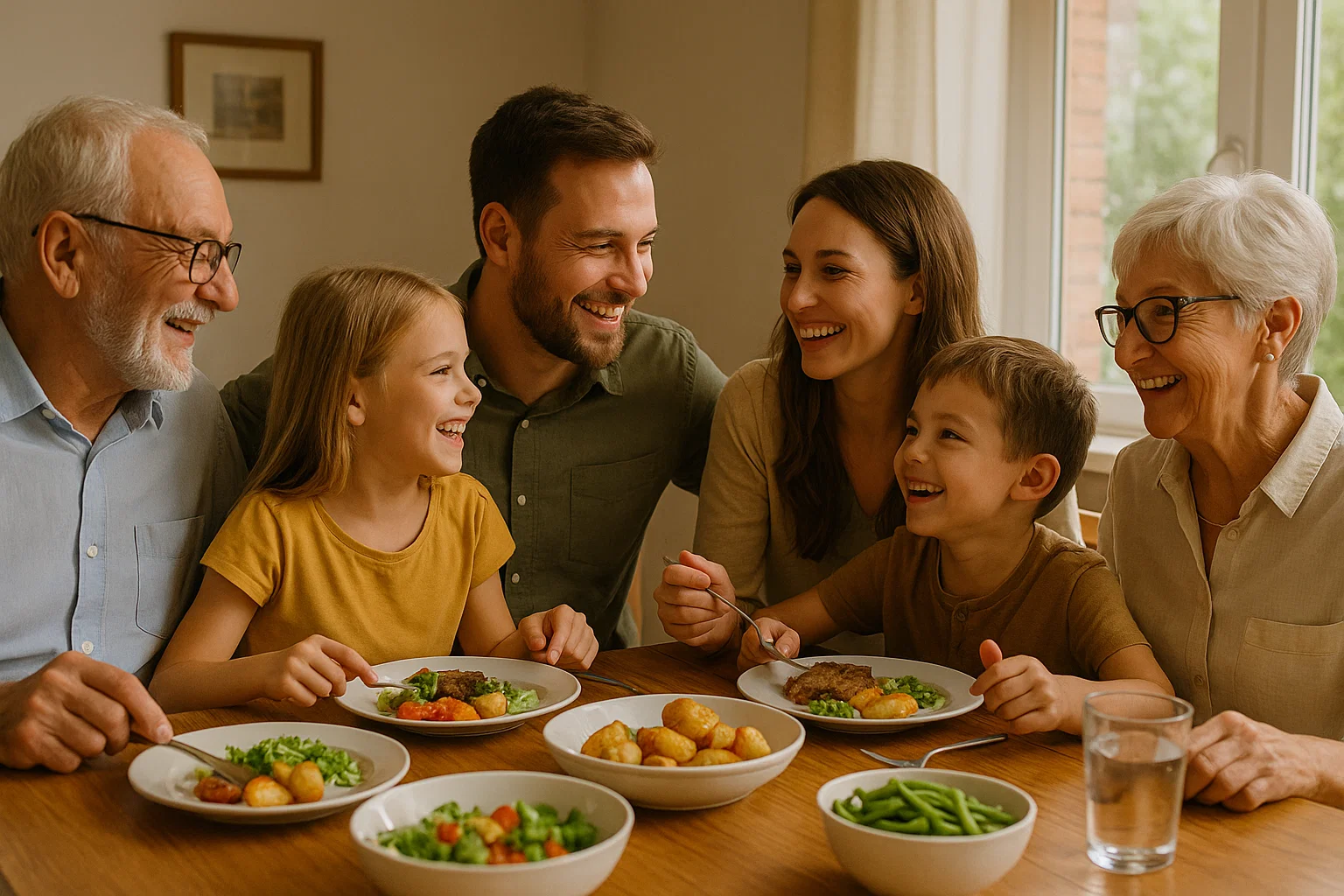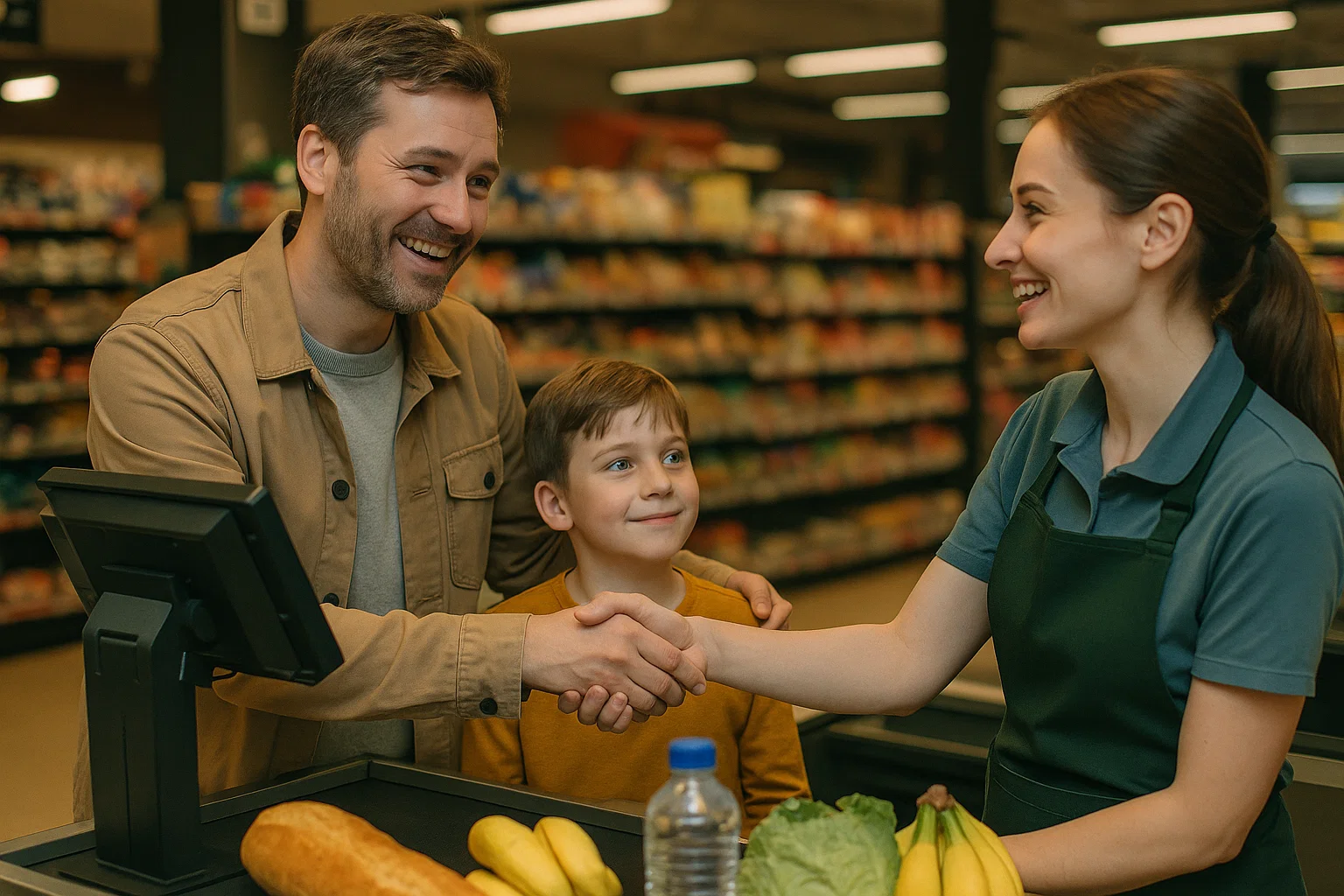How To Teach Kids Gratitude: Guide To Raising Grateful Children

Raising grateful children in a world that often emphasizes getting more can feel like a challenge. Yet, teaching kids to practice gratitude is one of the most important life skills that can be instilled. A sense of gratitude helps children see the good in their lives, fostering resilience, empathy, and overall happiness. People who consistently practice gratitude report better mental health and stronger social connections.
“Gratitude is not only the greatest of virtues but the parent of all others.” – Cicero
Fostering a grateful heart helps shape a child’s perspective. It’s not about ignoring life’s difficulties, but about helping children find and appreciate the positive. This guide explores practical and effective ways to teach children the enduring value of gratitude.
The Foundation: Why Teaching Gratitude and Generosity Matters

Understanding the importance of gratefulness is the first step. Appreciation is more than just saying “thank you” for birthday gifts; it’s a deeper appreciation for the people, experiences, and things in life. When kids learn to be grateful, they are more likely to:
- Experience Positive Emotions: Gratitude can improve a child’s mood and increase feelings of happiness and satisfaction.
- Build Stronger Relationships: Expressing gratitude strengthens social bonds with family and friends.
- Develop Resilience: A grateful outlook helps kids cope better with stress and adversity.
Improve Well-being: Studies suggest a link between gratitude and better sleep, fewer aches, and even a stronger immune system.
15 Practical and Creative Ways to Nurture Gratitude

Integrating gratitude into daily family life doesn’t have to feel like a chore. Making the practice fun and engaging is an effective way to teach children its value. Here are 15 ways to help a child develop a lasting sense of gratefulness.
1. Practice Daily Positive Affirmations
Starting the day on a positive note can set a grateful tone.
Example: Encourage your child to say something simple like, “I am thankful for my cozy bed,” or use phrases like, “I appreciate that you made my favorite breakfast.” For younger children, this can be turned into a fun call-and-response game.
2. Keep a Journal
Encourage children to write down or draw things they are thankful for. This mindfulness practice helps them reflect.
Example: A young child could draw a picture of the family pet, while an older one might write, “I’m grateful my friend helped me with my homework today.” This is a great way to help your child focus on the positive.
3. Establish Daily Rituals
Incorporate gratitude into existing routines. Consistency is key to forming a habit.
Example: At bedtime, ask, “What was one thing that happened today that made you feel happy or thankful?” This simple ritual helps end the day with positive reflection.
4. Create a Special Jar

This is a wonderful visual reminder. Have family members write down things they’re grateful for and add them to the jar.
Example: After a fun day at the park, have everyone write “A sunny day playing together” on a slip of paper and add it to the jar. When the jar is full, reading the notes together is a joyful activity.
5. Start a Family Gratitude Circle
Once a week, have each family member share something they are thankful for. This practice strengthens family connections.
Example: During Sunday dinner, one person might say, “I’m thankful for Grandma’s phone call today.” This can make them feel loved and appreciated.
6. Design Personalized Thank-You Cards
Moving beyond a simple “thank you,” encourage children to design their own thank-you notes.
Example: Instead of just signing their name on a card for a birthday gift, ask them to draw a picture of themselves using the gift or write one specific thing they like about it. This makes the effort to say “thank you” more meaningful.
7. Make a Gratitude Tree
This is a beautiful and ongoing project. Start with a drawing of a tree and have a child add a paper leaf with something they are grateful for written on it.
Example: Leaves could say “pizza night,” “learning to ride my bike,” or “a hug from Dad.” It’s a great visual way to teach your children about daily blessings.
8. Create a Collage
Get out magazines, scissors, and glue! Creating a collage of images that represent what they are thankful for allows children to express gratitude visually.
Example: They could cut out pictures of family members, favorite foods, pets, and outdoor scenes to create a board of everything they love.
9. Engage in Gratitude-Themed Art Projects
Art offers endless possibilities for expressing thanks.
Example: Suggest they paint a picture for a teacher they appreciate or make a clay model of their favorite family activity, like camping or movie night.
10. Promote Small Acts of Kindness
Connect the concepts of kindness and gratitude.
Example: Encourage a child to offer to help a younger sibling put away their toys without being asked. Afterward, you can talk about how that selfless act of kindness likely made their sibling feel happy.
11. Volunteer Together as a Family
Volunteering is an excellent way to teach appreciation.
Example: Take your kids to an animal shelter to help play with the cats or to a local park for a community clean-up day. These experiences help them appreciate what they have and the importance of giving back.
12. Donate Clothes and Toys with Intention
Involve children in the process of donating items they no longer use.
Example: When sorting through old toys, frame it positively: “Let’s find some special toys that another child who doesn’t have as many would really love to play with.” This teaches a selfless mindset.
13. Play Fun Gratitude Games
Who said teaching gratitude couldn’t be fun?
Example: During a car ride, play a gratitude alphabet game. “I’m thankful for A-Apples, B-Books, C-Cartoons…” It’s an easy way to keep kids engaged and thinking positively.
14. Create a Calendar
Use a simple calendar to mark down one thing to be grateful for each day.
Example: On Monday, write “pancakes for breakfast.” On Tuesday, “finished a puzzle.” It shows that even small, everyday things are worth appreciating.
15. Encourage Gratitude Before Meals
Take a moment before eating to give thanks. This is a simple but powerful habit we need to teach our kids. Example: Before digging in, go around the table and have each person say “thank you” for one thing about the meal, like “I’m thankful for these yummy carrots” or “Thank you for cooking dinner.”
Modeling Gratitude: The Most Powerful Tool

Ultimately, the most effective way to teach kids gratitude is for adults to model it. When kids see and hear adults express gratitude in daily life, they are more likely to adopt the practice themselves.
| What Adults Can Do | Why It Works |
| Say “Thank You” Often | When adults thank the grocery clerk, the mail carrier, and family members, children learn that everyone’s contributions are valuable. |
| Express Appreciation for Small Things | Voicing gratitude for a sunny day, a good cup of coffee, or a quiet moment shows a child that joy can be found in everyday life. |
| Share Gratitude with Children | Saying things like, “I appreciate how you helped with dinner tonight,” or “I’m so grateful for this time together” makes children feel valued. |
By weaving these practices into family life, it’s possible to nurture a grateful heart in a child—a gift that will contribute to their happiness and well-being for years to come.
Frequently Asked Questions About Nurturing Gratitude
Why is it so important to teach kids gratitude?
Teaching thankfulness is about more than just good manners; it helps cultivate a positive worldview. When kids learn to appreciate what they have, they gain tools for resilience and happiness. Grateful people are generally more optimistic and have stronger relationships, and instilling this quality early sets them up for a more content life.
At what age should lessons begin?
It’s beneficial to start earlier than many people think. For toddlers, adults can model the behavior by prompting them to say “thank you.” Even young children can learn it in ways that are simple and concrete, like helping to give a thank-you card to a mail carrier. The key is to start with simple actions and build from there.
What is the best way to model and show gratitude?
Children learn by observation. The most powerful way to teach gratefulness is to show gratitude in daily life. Make it a habit to say things like, “I appreciate it when you help set the table,” instead of just giving a command. Acknowledging others’ efforts and kindness in front of a child demonstrates that appreciation is a core family value.
What should be done if a child seems ungrateful?
It’s normal for a child to act ungrateful at times. When it happens, it’s best to avoid shaming them. Instead, use it as a gentle teaching moment. This may be a sign that the concept needs to be taught more intentionally. It can be helpful to talk about why it’s important to be thankful and make gratitude a more visible part of the family routine.
What are practical ways to practice thankfulness beyond saying thanks?
Action is a powerful teacher. Encourage children to write thank-you notes for gifts they receive. Another idea is to take kids to volunteer for a good cause or have them help sort clothes or toys to donate. These activities help children understand that there are people who need our help and provide a perspective on their own lives.
How can gratitude be cultivated so it doesn’t feel like a chore?
The goal is to make it a natural and joyful habit. To do this, weave it into daily life in fun ways. A gratitude jar, a family thankfulness circle at dinner, or gratitude-themed art projects are great options. A good starting point is to implement one of the five tips for daily practices mentioned in this article. When kids see gratitude as a positive experience, they are more likely to engage with it authentically.
